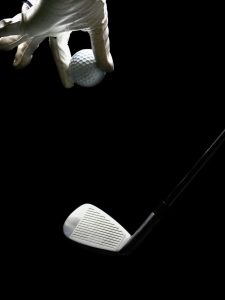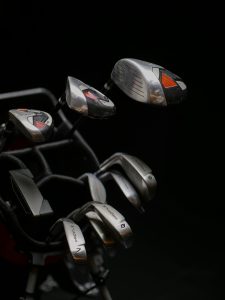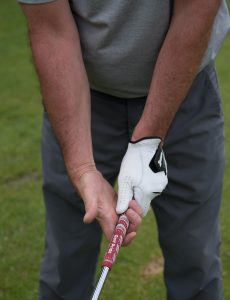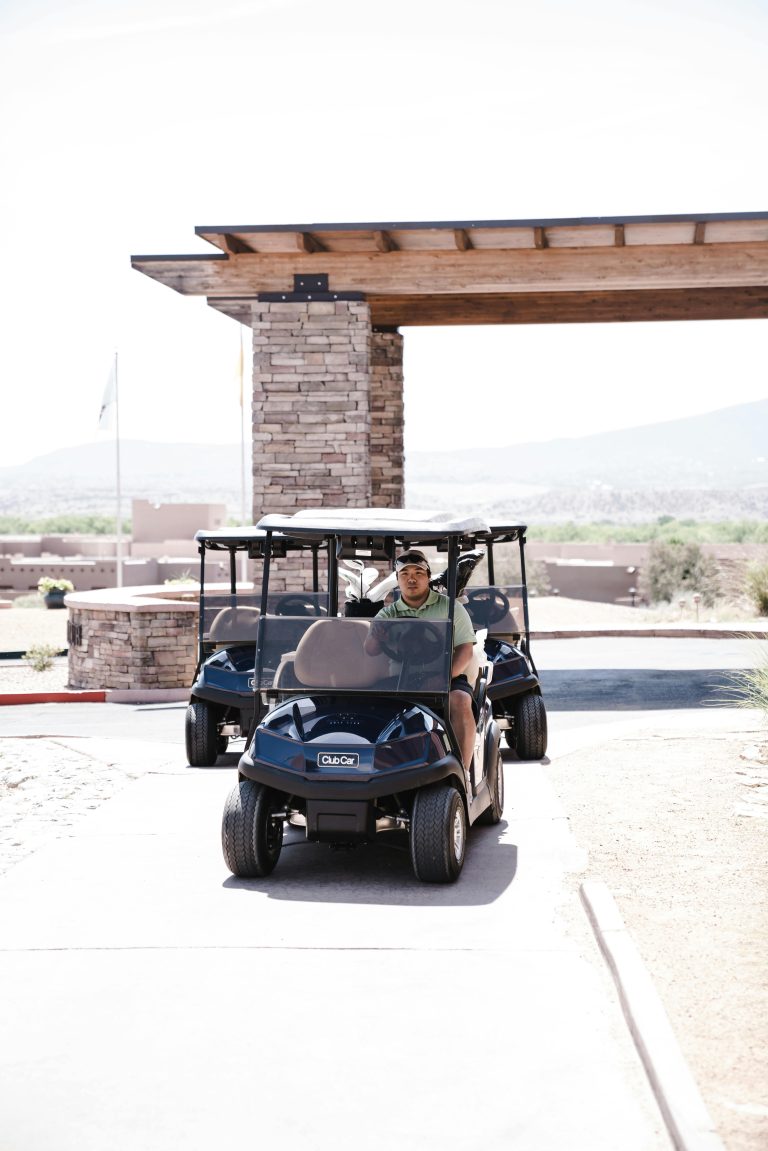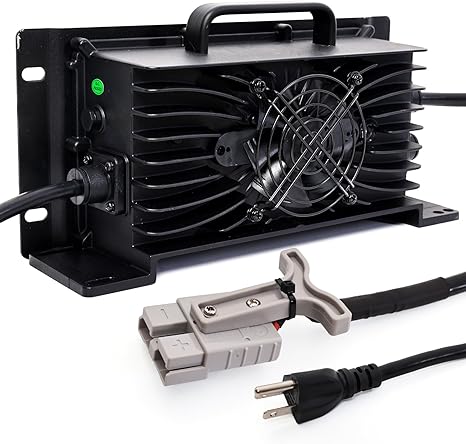A quick overview Mini Golf Equipment. Mini golf may appear easy, but the equipment plays an important part in molding the playing experience. Here’s a full breakdown of the needed equipment.
Mini golf may appear easy, but the equipment plays an important part in molding the playing experience. Here’s a full breakdown of the needed equipment.
Mini Golf Clubs
Mini golf clubs are designed for shorter courses and specific challenges. They vary in size, shape, and Substance to suit players and course designers.
Club Types and Uses
Standard Putter
Mostly used in mini golf. Flat-faced, straight-shafted clubhead. Best for flat surfaces.
Angled putter
The clubhead is gently angled to overcome obstacles. Perfect for ricochets and difficult angles. Experienced players like this.
Novelty clubs
Designed for golf courses. Often use unusual shapes or materials, recreational and not competitive.
Specifications and Features
Steel material provides durability and a balanced weight. Aluminum is lightweight yet may need to be lighter for powerful shots.
Children’s clubs use plastic because it is lightweight and cheap. Adult sizes typically measure 30 to 35 inches in length. Youth sizes are 20–30 inches. Proper length improves comfort and control.
Grip
Rubber Grip: Strong grip reduces slipping. Softer, more comfortable foam grip for extended play.
Customized Grip: Choose your preferred texture and color.
Weight
Heavy clubs are powerful yet less precise. Lightweight clubs are more controllable yet shorter.
Mini Golf Balls
Mini golf balls are not just smaller. They are designed to improve miniature golf course play.
Regular Size and Material
The typical diameter is 1.68 to 1.75 inches (42.7 to 44.5 mm). Golf balls must be slightly smaller to pass barriers.
Material
The most used material, thermoplastic, is durable and bounces. Rubber cores is softer and more controllable. High-quality balls use polyester for outstanding performance.
Ball Selection for Your Game
Bounce qualities
For more energetic games, use high-bounce balls. Courses with tight, regulated conditions benefit from low-bounce balls.
Color and visibility
Bright colors like neon green and pink improve course visibility. Some courses have nighttime glow-in-the-dark balls.
Surface Texture
Smooth surfaces reduce friction and lengthen rolls. Textured balls may improve surface control. Heavier balls are more stable and less affected by wind or obstacles.
Even though lighter balls move faster, they are unpredictable.
Additional Equipment
Beyond clubs and balls, supplementary equipment enhances mini-golf for recreational and competitive players.
Accessories (scorecards, ball retrievers)
Scorecards
Essential for performance evaluation. Training usually includes pencils. Digital scorecards provide game statistics via apps.
Ball-getters
Used to retrieve balls from water or difficult locations. Small and easy to use. Some patterns are also putter handles for convenience.
Club Covers
Prevent club damage during transit or storage. Often themed to match the course or player.
Ball Markers
Used when others are putting to indicate ball position. Protects game integrity. Special Gear for Unique Course Features
Custom Obstacles
Ramps and tunnels are available on several courses. Players may need obstacle-specific clubs or balls.
Adjustable putters
Some courses feature variable-angle putters for obstacles. Helps shooters improve.
Moving-Parts Windmill
Timed challenges may be on moving obstacle courses. Control can be improved with weighted balls.
Analytics and Trends
Club Favorites
Regular putters are preferred by 70% of casual players for their simplicity. 25% overcome challenging obstacles using angled putters. 5% design themed courses with novelty clubs.
Choice of Ball
Players choose high-bounce balls for dynamic play (65%). 30% prefer low-bounce balls for control. 5% of unique course players use specialty balls.
Extra Equipment Use
80% of players actively track their performance with scorecards. On courses with water hazards, 60% of golfers carry ball retrievers. 40% of competitive golfers invest in club covers and ball markers.
This detailed description should help you understand how each mini-golf accessory improves the game.
Common Mini Golf Obstacles
Mini golf courses may have a variety of challenges to test and entertain players. Understanding these challenges helps improve strategy and performance.
This article describes all of the mini-golf obstacles, how they test players, and how they can overcome them.
Types of Obstacles
Players must accurately time their shots to avoid the swirling blades of windmill. Windmills make up 20% of mini golf course challenges and are often the most memorable.
Players hit their ball on raised or hanging surfaces known as bridges. Precision is needed to avoid ball drop and miss. 15% of mini golf courses have bridges for vertical challenge.
Water Risks
Ponds, streams, and small water features can catch or divert the ball. Falls into water frequently result in a penalty stroke or repositioning, increasing risk. 25% of courses have water hazards, a major difficulty.
Slopes, ramps.
Inclined surfaces alter ball speed and path. The slope requires shot strength and angle adjustments. About 30% of courses have slopes and ramps, which dramatically affect ball paths.
Sculpture and Themes
Large animals and mythical creatures as decorations. Usually attractive and may have hidden obstacles. Around 10% of courses have themed components, adding visual and strategic value.
How Obstacles Challenge Players
Timing is essential for handling windmills and moving parts. Strategy and Adaptation for Bridges and Water, Players require to plan and adapt to the obstacle pattern.
Skill and Control to Slopes and ramps test ball speed and direction control. Players may be distracted or scared by themed features and sophisticated designs, adding mental effort to physical effort.
Tips for Navigating Complex Obstacles
Time your shots to navigate windmills. Avoid water hazards by choosing areas where the ball will not fall. Be aware of the ball’s behavior on ramps and slopes and adjust your shot strength and angle.
Study the field and plan your shot to avoid severe penalties on bridges and other themed objects. Stay calm and focused on your shot, especially if there are visible obstacles.
Players can enhance their mini-golf performance by understanding these common barriers and using smart strategies.





